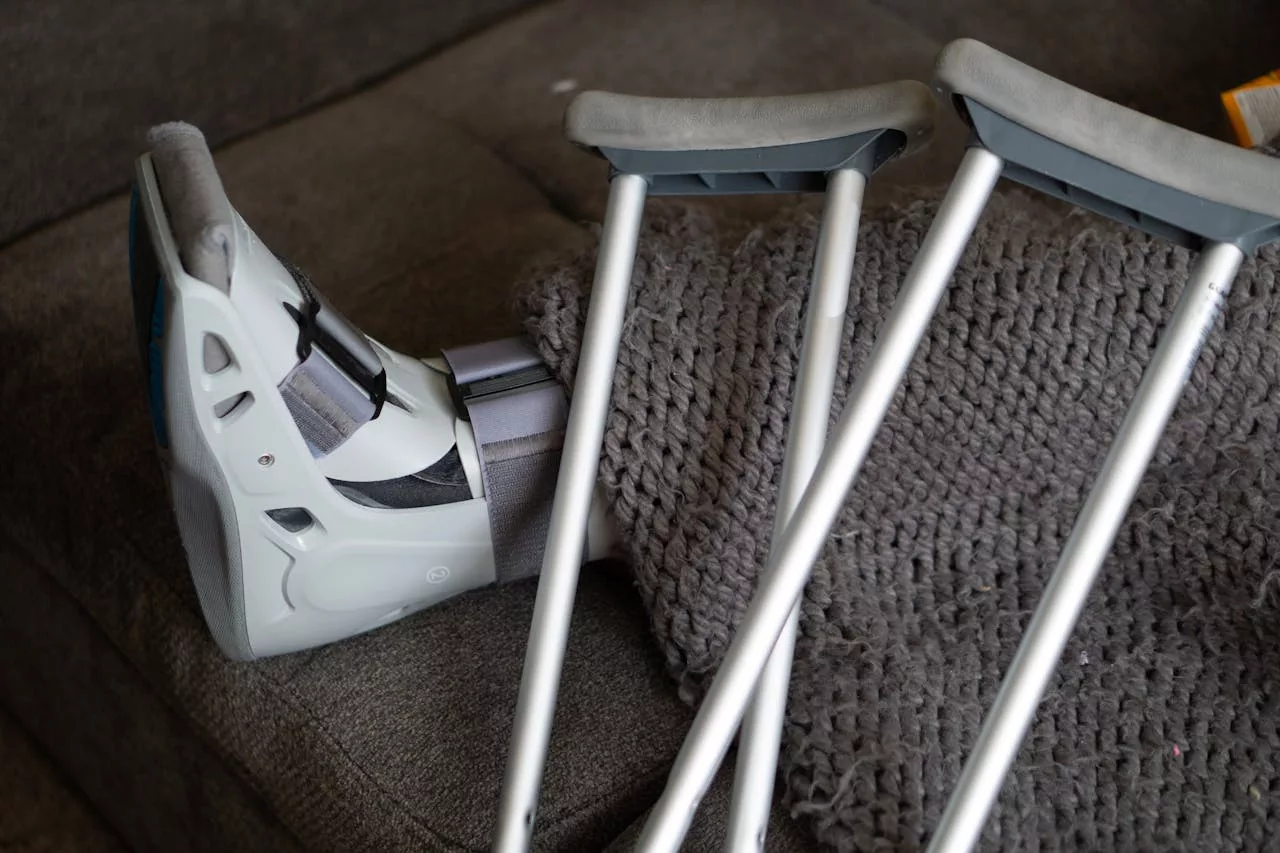Braces vs. Surgery: Treating Orthopedic Conditions

Orthopedic braces serve as effective aids in the journey to recovery from joint injuries or surgeries. A well-fitted brace provides support and stability during the healing process, increasing your chances of returning to your original level of physical activity. Whether you’re dealing with a strained elbow, a sprained wrist, or navigating post-surgical rehabilitation, braces offer a lifeline of assistance. In this guide, we’ll highlight the use of orthopedic braces and surgery for treating orthopedic conditions.
Types of Orthopedic Braces
Orthopedic braces encompass a spectrum of specialized designs tailored to address joint or limb injuries:
Elbow Braces
Designed to stabilize and support the elbow joint, elbow braces are instrumental in managing conditions like tennis elbow, golfer’s elbow, or post-surgical rehabilitation to facilitate a swift recovery.
Wrist Braces
Wrist braces provide crucial immobilization and support to the wrist joint, offering relief for sprains, strains, or conditions such as carpal tunnel syndrome, aiding in pain management and injury prevention.
Knee Braces
Among the most common orthopedic aids, knee braces offer stability and support for injuries like ligament tears, meniscus injuries, arthritis, and post-surgical rehabilitation, empowering individuals to navigate physical activities with confidence and comfort.
Ankle Braces
Specially crafted to safeguard and stabilize the ankle joint, ankle braces are vital for preventing sprains, strains, and other injuries, particularly in athletes or those with weak ankles, aiding in injury prevention and rehabilitation.
Wearing Orthopedic Braces for Recovery
Typically, orthopedic braces function as temporary solutions to temporary setbacks. They provide support and stability as injured joints undergo the healing process. Your orthopedic specialist may recommend a brace to alleviate discomfort and promote recovery from sprains, strains, or overuse injuries. However, if conservative treatments prove ineffective, surgical intervention may be warranted to address underlying structural issues.
Orthopedic Surgery
In instances where conservative treatments fall short, surgical intervention may be prescribed to restore the affected joint to its natural state. Surgery enables correction of structural abnormalities, tissue repair, and pain relief. Following surgical procedures, your surgeon may suggest brace usage to support the healing process. Consultation with an orthopedic specialist is key for determining the most suitable use of braces and/or surgery for your unique condition.
